An important archaeological discovery in Sicily, where in Tripi (Messina), a village of just over 700 inhabitants nestled between the Nebrodi and Peloritani mountains: in fact, theagora of ancient Abakainon, an ancient city mentioned by Diodorus Siculus that was located in the area where Trippi now stands, has been found. These are remains of an imposing stoà (a long portico) from the Greco-Roman period, characterized by stone blocks and a terracing that indicate the presence of a porticoed space typically adjacent to the square or agora. The importance of this discovery will be detailed by archaeologists during a special event to be held on April 6 at the conference room of the Hotel Rosa dei Venti, located in the hamlet of Campogrande overlooking the Aeolian Islands. Experts will present the results of excavations conducted in Contrada Piano, offering an in-depth view of the evidence found there.
The meeting will be attended by regional councillors for Cultural Heritage and Sicilian Identity, Francesco Paolo Scarpinato, and for Tourism Sport and Entertainment, Elvira Amata. In addition to them, the mayor of Tripi, Michele Lemmo, and the superintendent of Cultural Heritage of Messina, Mirella Vinci, will be present. The event is an opportunity to learn more about this valuable historical evidence and to discuss its significance for the history and identity of Sicily.
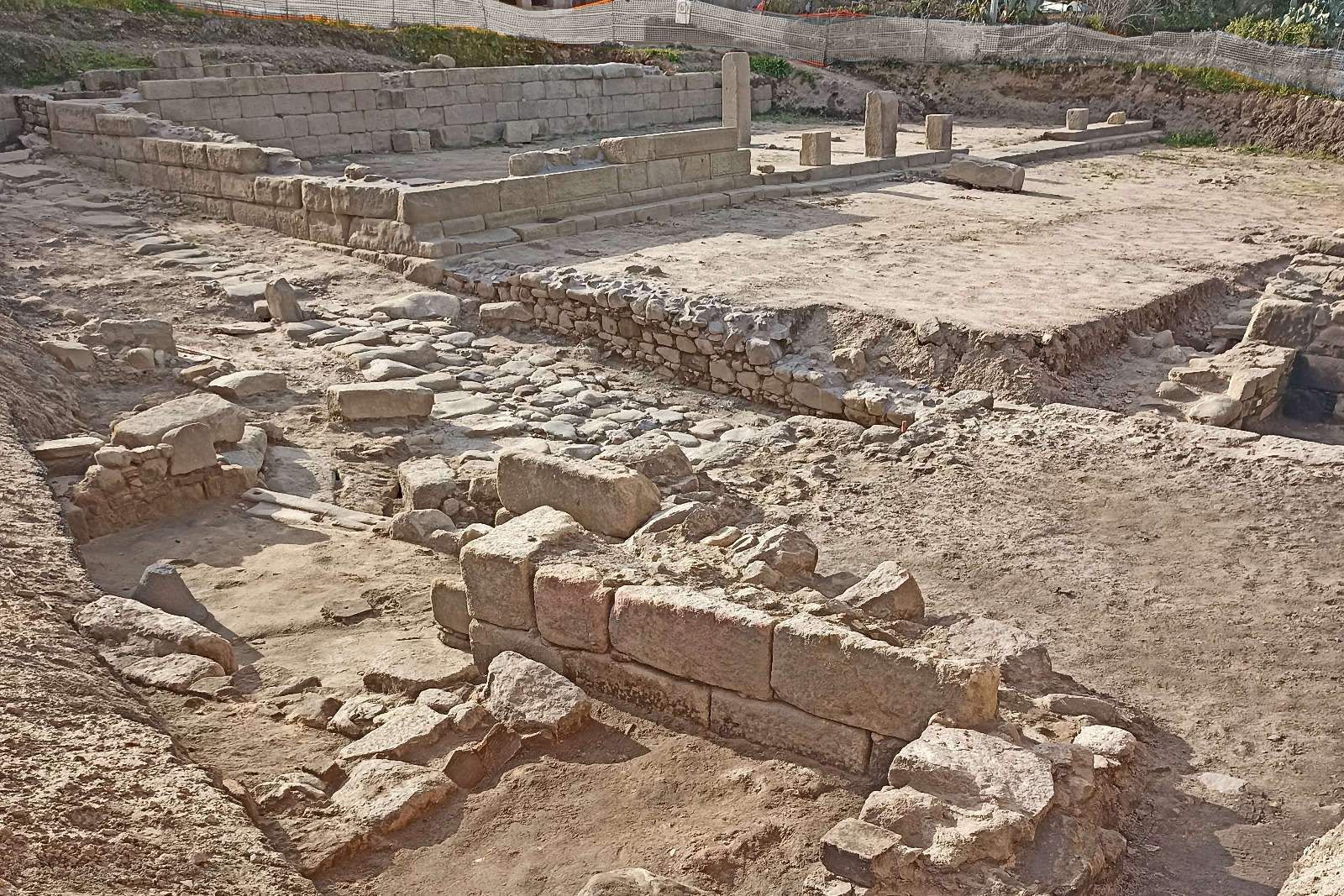 The stoà
The stoà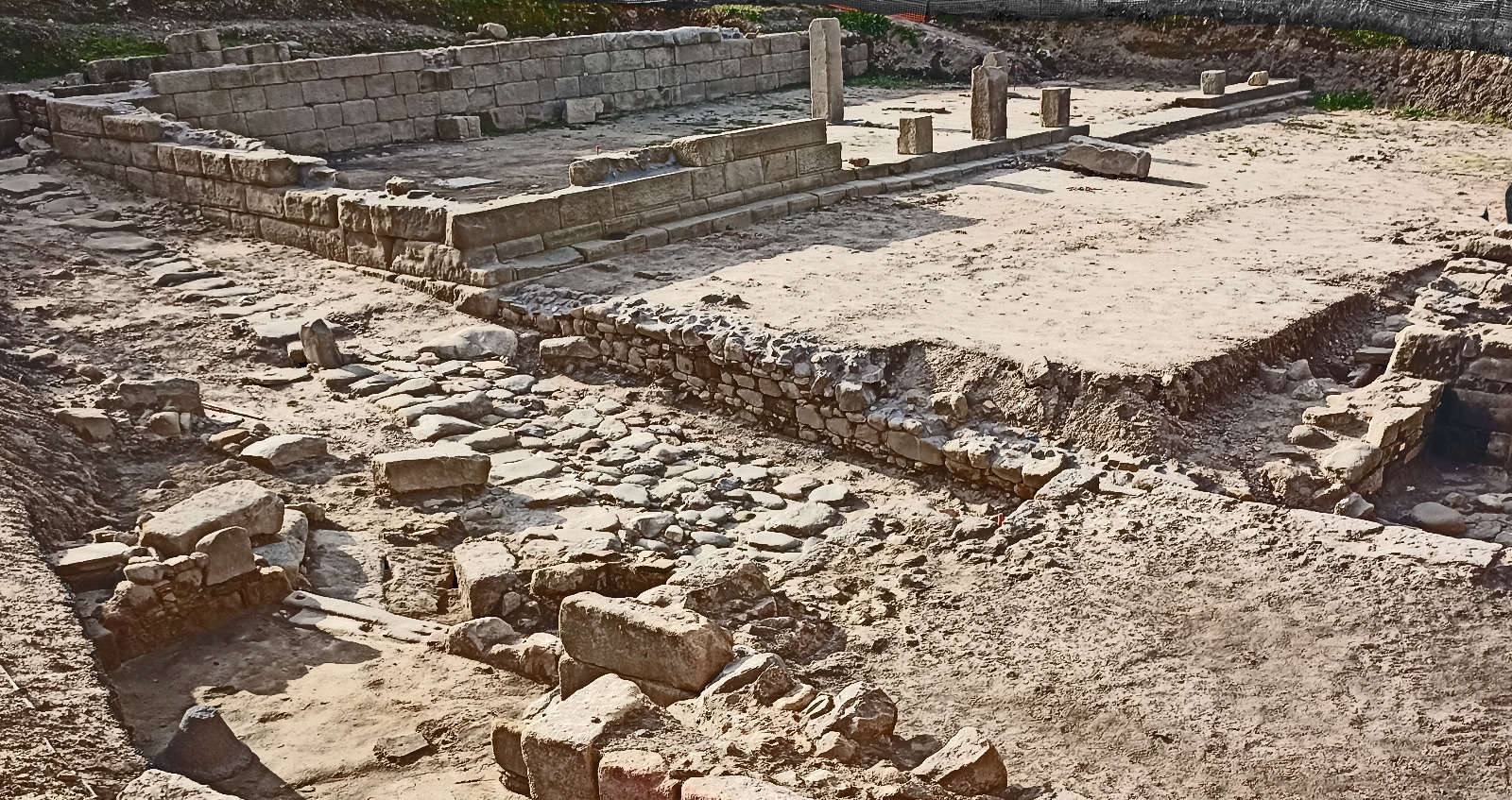 The stoà
The stoà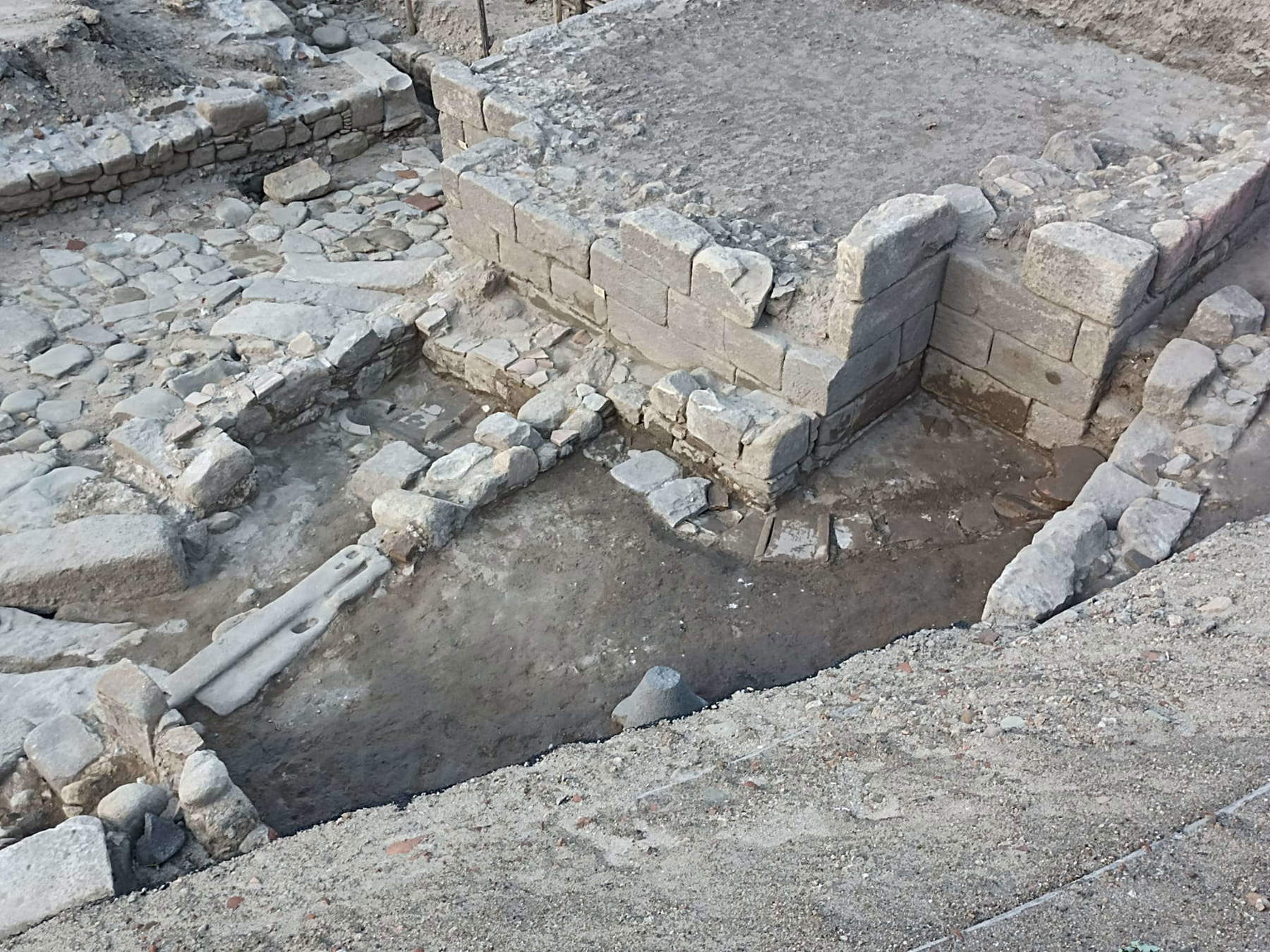 The stoà
The stoàThe ancient city of Abakainon, also known as Abacaenum in Roman times, has long been forgotten. However, it was once one of the most important cities in Sicily, thriving because of its agricultural vocation and its strategic position in the commercial trade of the time. It ruled a vast territory stretching from the Tyrrhenian Sea to the slopes of Mount Etna, boasting a thriving economy. Abakainon was so influential that he even decided to mint his own coins, splendid specimens of which are now in the British Museum in London and the “Santi Furnari” Museum in the center of the country.
However, its alliance with Carthage and later its submission to Rome led to its destruction and subsequent disappearance. This was the accepted narrative until recent times. However, the discovery of coins during recent excavations seems to challenge this established story. Since the second half of the last century, there had been credible speculation about the true location of Abakainon in the territory of Tripi and its actual size. Excavation campaigns promoted by the current municipal administration have now unequivocally confirmed the presence of an ancient city of significant size and wealth, shedding new light on the history of this site.
In Tripi, Mayor Michele Lemmo, in his second term, makes no secret of his enthusiasm as he encourages plans for new sustainable business activities in the area and has high hopes for a repopulation of the ancient medieval village topped by its castle. For this reason, the theme of the April 6 meeting will also be “Partnership in the NRP Culture, an instrument of growth for the territory”: projects that realize the breaking down of physical and cognitive barriers of Museums and interventions aimed at increasing the attractiveness of the village. Cultural assets are seen as heritage to be enjoyed and therefore as an opportunity for tourism development.
Emigration to the Americas and northern Europe has taken thousands of citizens away from Tripi and its territory, erasing their presence from the registry and causing a demographic decline that has threatened even the survival of the local school. However, despite the challenges, today a few enterprising young people have decided to invest in the area’s resources. These young entrepreneurs have focused mainly on small accommodation and restaurant businesses, offering genuine, quality cuisine that enhances local natural products. Among these, honey, jams, sausages and dairy products from the local gastronomic tradition are particularly appreciated. In addition, there are those who have decided to invest in the production of cured meats such as Abakainon sow sausages, a symbol of ancient Abakainon. These cured meats are obtained from a cross with the Nebrodi black pig, known for its tender and less fatty meat. Others are dedicated to the production of black pig lard, porchetta, and cheeses such as maiorchino, for which a protected designation of origin (PDO) is pending. There is also no shortage of sweet specialties, such as the historic “cuddure,” crumbly and tasty cookies that harken back to an ancient local tradition. These cookies, made with 13 eggs for every kilogram of flour, feature shapes that recall ancient architectural elements such as the Ionic capital or spirals. All these products are united under the original and unified brand name “Lands of Abakainon,” which promotes and enhances the gastronomic and cultural excellence of the area. Thanks to the efforts of these young entrepreneurial minds, the culinary tradition of Abakainon continues to live on and be appreciated by residents and visitors alike.
In Tripi, every corner of the village evokes the ancient grandeur of Abakainon, from the triumphal entrance surrounded by ceramics and fountains, to the bar in the heart of the old town, a community meeting point, to the traditional summer symposium. The castle, a witness to past eras and legends, offers spectacular views of the Aeolian Islands, while the urban architecture scattered throughout the hamlets of Casale, San Cono and Campogrande recalls the ancient layout of the town. Monumental necropolises from the late Classical and Hellenistic periods, such as that of Contrada Cardusa, testify to Abakainon’s prosperity and flourishing past. Here, early excavations uncovered gold jewelry and fine ornaments, evidence of the wealth and taste of the ancient inhabitants. The museum, currently being refunctionalized, preserves these artifacts, transforming itself into a kind of thousand-year-old jewelry store.
Today, with the holding of the referendum to change the town’s name to Tripi-Abakainon, the village also wants to definitively revive its social, economic and cultural development, thus sealing its rediscovered identity.
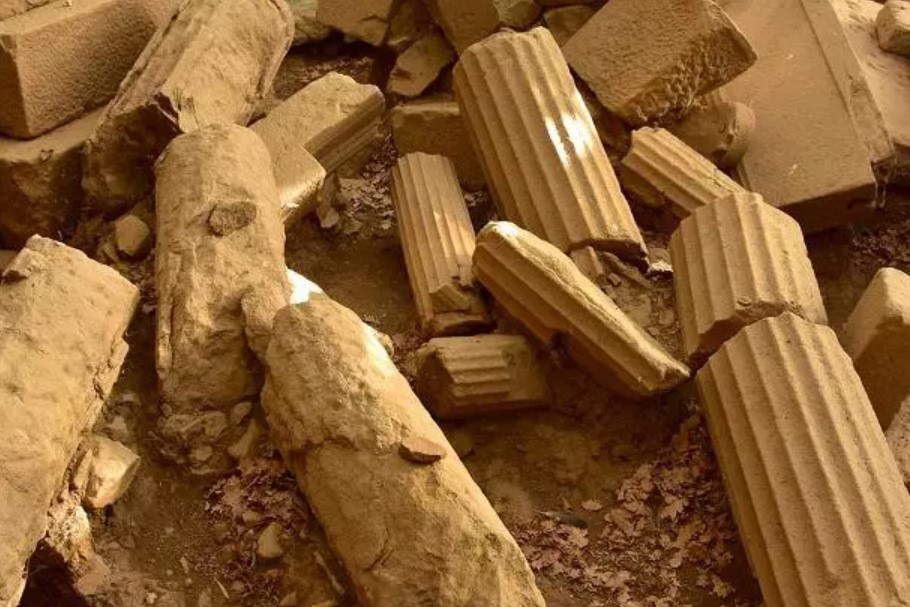 Finds
Finds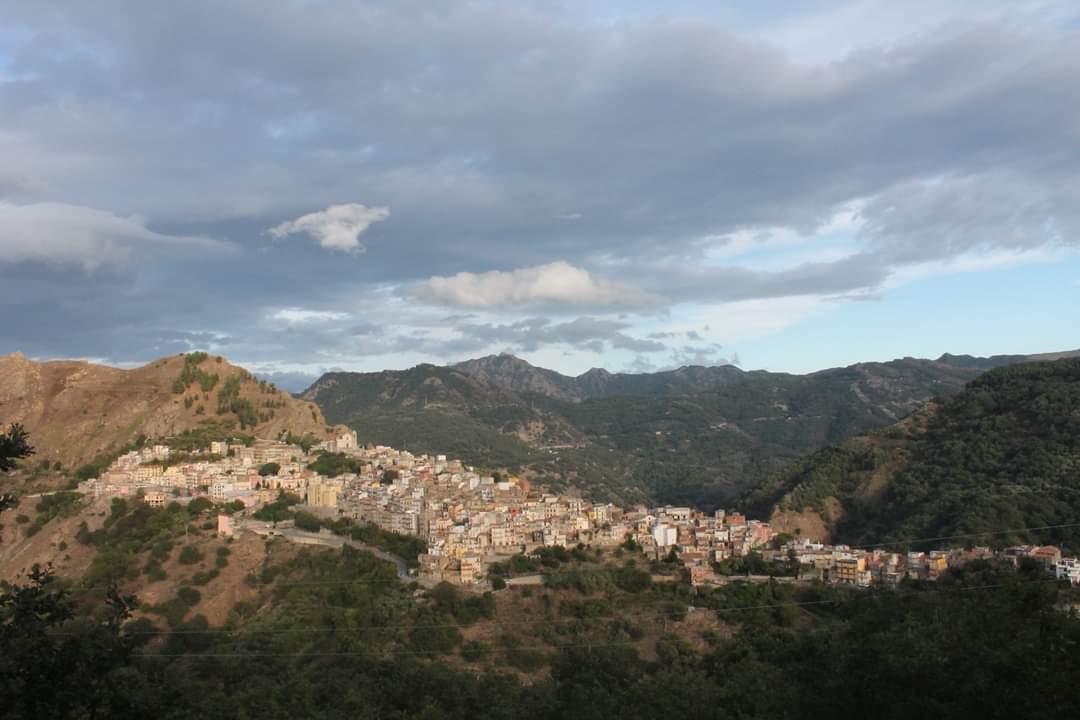
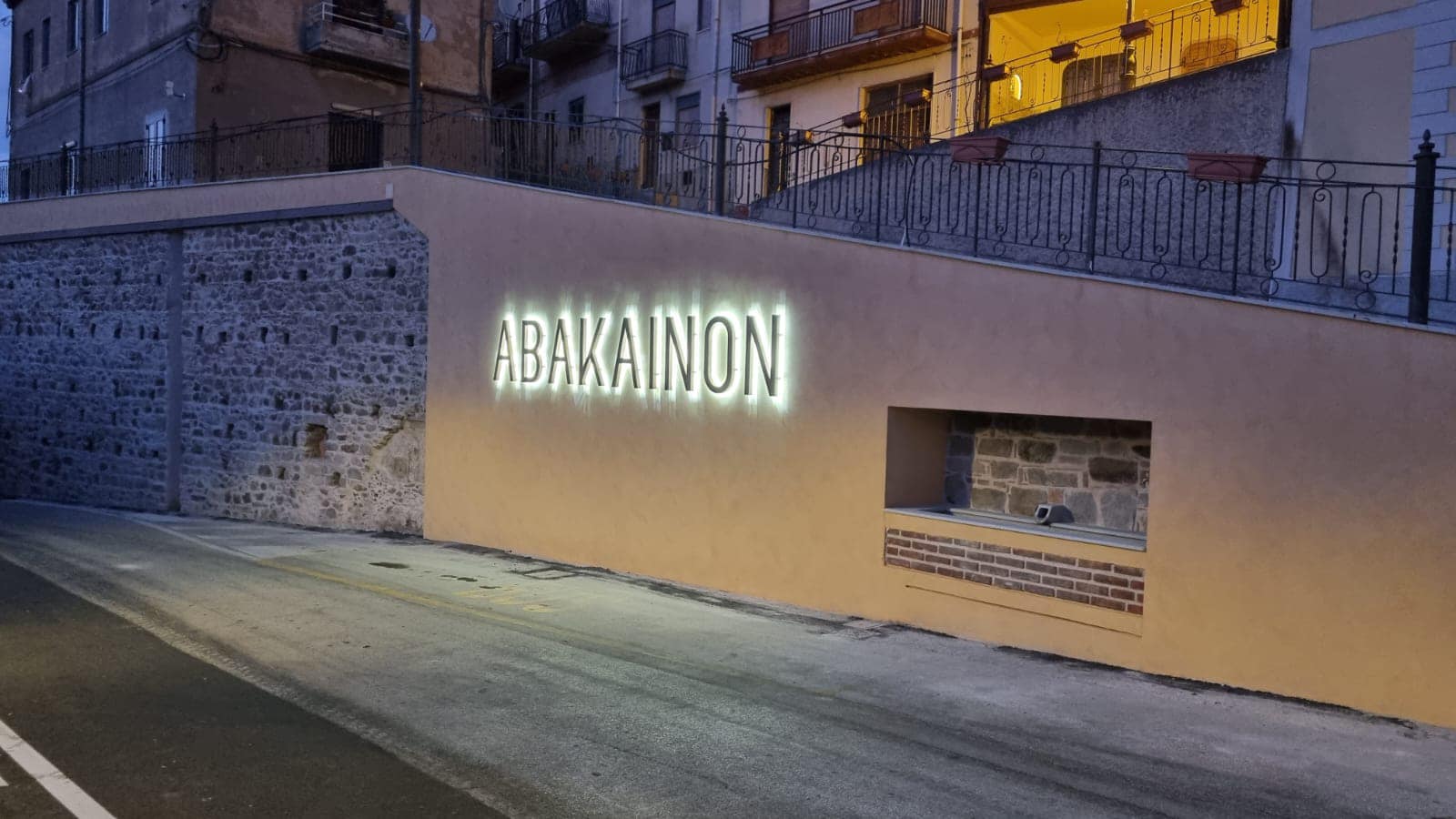
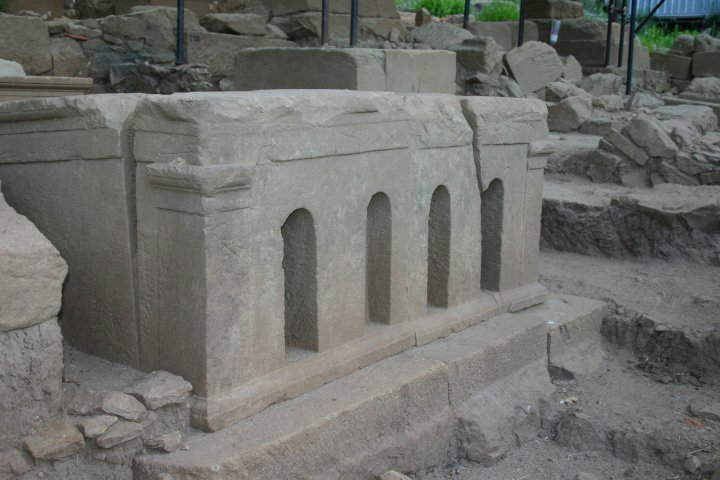
 |
| Sicily, discovery of the agora of the ancient city of Abakainon |
Warning: the translation into English of the original Italian article was created using automatic tools. We undertake to review all articles, but we do not guarantee the total absence of inaccuracies in the translation due to the program. You can find the original by clicking on the ITA button. If you find any mistake,please contact us.